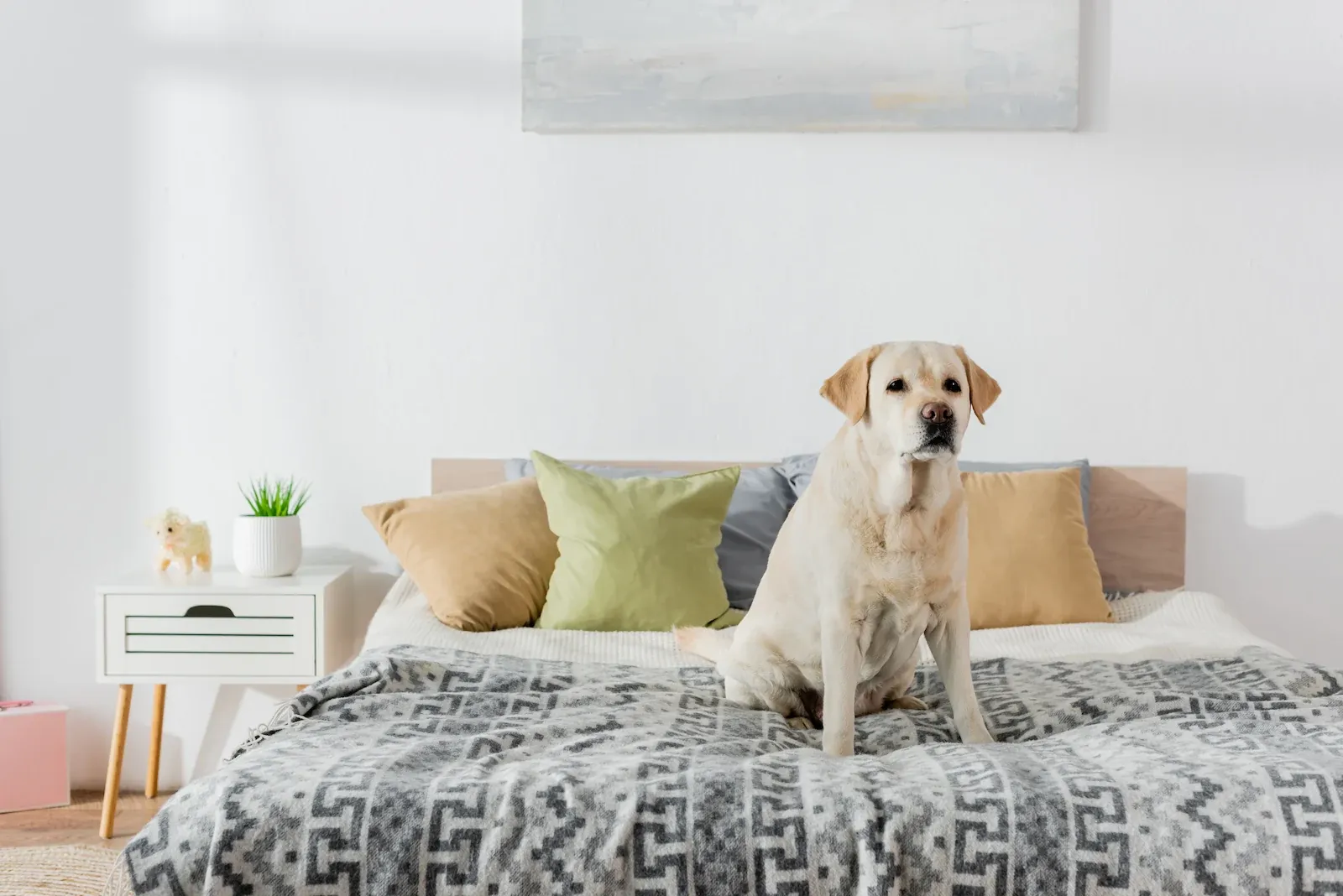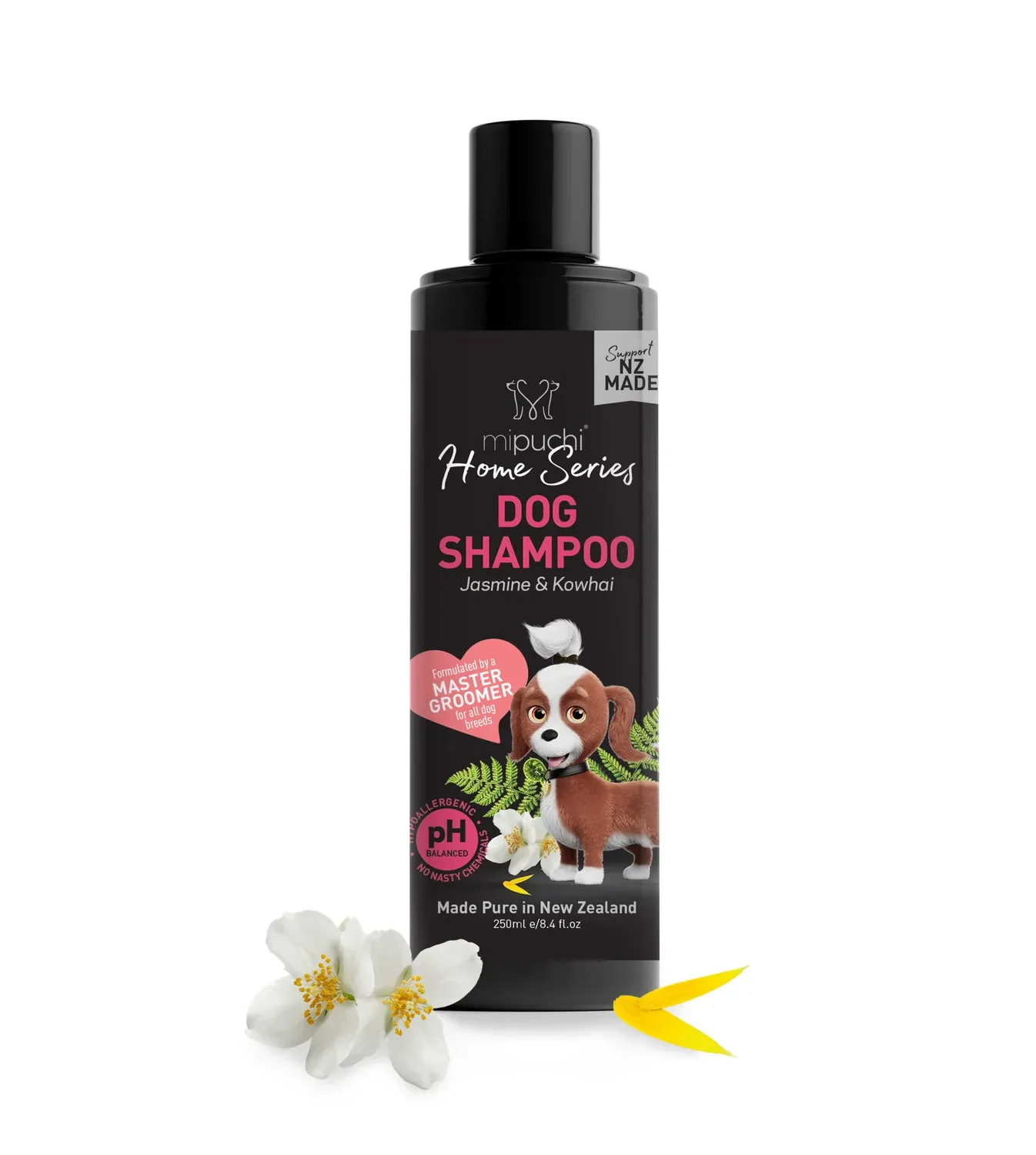Essential Tips For Dog-Friendly Landlords to Attract Tenants

Fiona Robertson

Renting when owning a pet is hard in New Zealand, with roughly 35% of people opting for renting, especially younger generations. Considering that 64% of New Zealanders have a furbaby, advertising your property as furbaby-friendly is a sure way to gain interest and get someone moving in sooner rather than later. Of course, furbaby’s come with an increased risk of damage to your property, but there are plenty of things you can do to find the perfect furry tenants, as well as covering yourself if something does go wrong.
By following these Essential Tips For Dog-Friendly Landlords, you can create a welcoming environment for pet owners while protecting your investment.
Many landlords are hesitant to rent to pet owners due to concerns about property damage, noise complaints, and potential liability. However, a well-crafted pet policy can mitigate these risks and even enhance the overall tenant experience. By openly communicating expectations and setting clear guidelines, landlords can create a harmonious living environment that benefits both parties. For example, including a clause in your lease that outlines pet behavior expectations can help maintain peace within multi-unit dwellings.
It’s also wise to consider the types of pets that potential tenants may want to bring into your property. For instance, different breeds have varying energy levels and temperaments. By understanding the specific needs of certain breeds, landlords can better assess whether a tenant and their pet would be a good fit for their property. Conducting interviews or informal meet-and-greets with potential tenants and their pets can provide valuable insight into compatibility.
Additionally, consider offering resources for pet owners, such as local dog parks or pet-friendly amenities nearby. By providing this information, you not only show that you’re a responsible landlord but also cater to the lifestyle of pet owners. This can be especially appealing for young families or professionals who may prioritize finding a pet-friendly living situation.
Protect yourself and your property
Buying a property to rent out can be a big commitment, particularly if you’re on a low income and are dependent on it for paying your bills. That’s why it’s essential to protect yourself and your property when you allow pets. Asking for a pet-specific deposit that’s refundable will give you peace of mind that if a furbaby does chew the skirting boards or scratch the floor, you can replace it at no cost to yourself. This can be done separately to a usual deposit. It’s also a good idea to request a pet CV from owners and a reference from previous landlords if possible, where the Whanau have lived before as this will help you to rule out any unrulily Whanau.
Consider outlining specific pet-related responsibilities in your lease agreement. For example, tenants should be required to keep their pets on a leash when outside and to clean up after them promptly. Establishing these responsibilities can promote a respectful community and reduce the likelihood of conflicts with neighbors. Furthermore, consider implementing a pet registration system that allows you to keep track of the number and types of pets in your property, ensuring compliance with your policies.
By maintaining open communication with your tenants, you can address any concerns about pets amicably. Regular check-ins can help to foster a positive landlord-tenant relationship. Make sure to encourage tenants to report any pet-related issues they might encounter, which will help you resolve them proactively.
Renters nightmare or loving Furbaby
Being adaptable to the needs of pet owners can also be beneficial. For instance, if a tenant has a legitimate concern regarding their pet’s behavior, being open to discussing potential solutions can result in a more satisfied tenant and a well-maintained property. Offering suggestions for pet training or professional services can demonstrate your commitment to supporting responsible pet ownership.
As a landlord, being proactive in addressing potential concerns can greatly enhance the renting experience for both you and your tenants. By providing resources and maintaining a transparent dialogue, you foster a sense of community and trust which can lead to longer tenancies and better property care.
Additionally, consider providing clear instructions for prospective tenants on how to submit a pet application. This can include required documentation, such as vaccination records, a pet resume, and details about the pet’s behavior. The more organized the application process, the more likely you are to attract responsible pet owners who take pride in their furry companions.
Establish Clear Pet Policies
Setting some rules and boundaries for tenants with dogs can help to keep your property in good condition, as well as respecting neighbours, particularly if there are communal areas. Include things like cleaning up after dogs immediately in communal gardens and at least a couple of times a week in private gardens, depending on the size. You could also require dogs to be kept on leads in communal areas and ask for proof that dogs have had all their vaccinations and that flea and worming treatments are up to date. Ultimately, any rules you put in place should be reasonable as you’ll find tenants are more likely to stick to them, especially if there’s only a few, rather than a whole list of them.
Treat each owner and dog individually
One of the best things you can do to be a dog-friendly landlord is to treat all dogs and potential tenants on a case by case basis. Ask to meet the dog to get to know their temperament and see how well behaved they are, then set rules based on this. It’s not fair to say, “no big breeds” when some large breeds need less exercise than smaller ones and generally have a calmer temperament with fewer problems barking. Similarly, saying, “no more than one or two dogs” could stop you from getting good tenants who have four well-trained and well-behaved dogs, where someone else could have one dog that isn’t trained and can damage your property due to boredom.
Being a dog-friendly landlord will make your property more attractive to potential tenants, speeding up how long it takes for someone to move in. Be sure to protect yourself from potential damage to your property, but there’s no reason to assume that dogs will destroy things. Treating people and dogs on a case by case basis will help you to find the perfect furry tenants. A lovely welcome gift will set you up on the right path for a great relationship with pet and owner.
Embracing the role of a dog-friendly landlord is an investment in attracting quality tenants and fostering a harmonious living environment. Ensure that you take the necessary steps to protect your property while promoting responsible pet ownership. By treating each tenant and their dog as individuals, you can create an appealing space that caters to the growing demand for pet-friendly rentals, ultimately leading to a successful rental experience. For further insights into this topic, remember to refer back to our comprehensive guide on Tips For Dog Friendly Landlords


